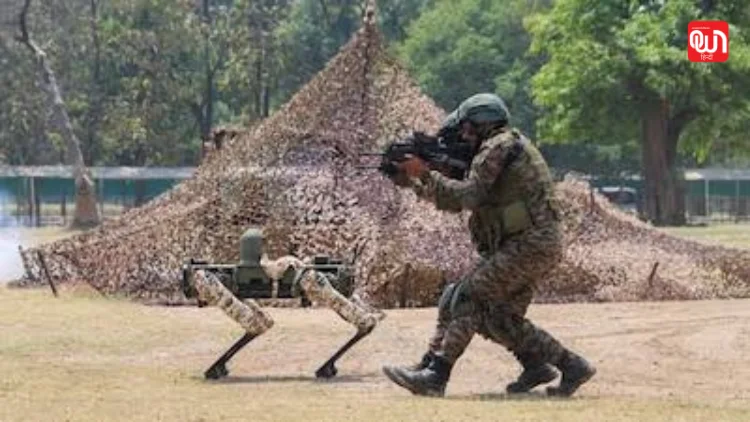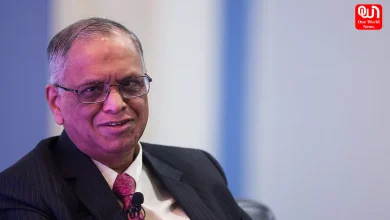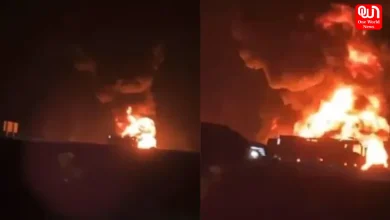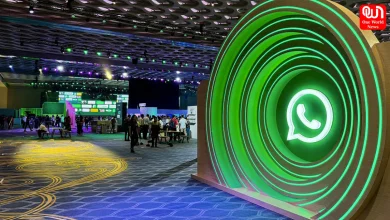Army Unveils All-Arms Brigades, Drone Units & Special Ops in Rudra, Bhairav, Shaktibaan Plan
Indian Army’s “Rudra, Bhairav, Shaktibaan”: Toward Agile, Tech-Driven Combat Formations
Rudra, Bhairav, Shaktibaan: Indian Army’s New Era of Combat Readiness
The Indian Army is undergoing one of its most ambitious structural overhauls in recent history, designed to enhance rapid response and multidomain combat readiness. On 26 July 2025, during Kargil Vijay Diwas, Army Chief General Upendra Dwivedi unveiled the creation of Rudra all-arms brigades, Bhairav Light Commando Battalions, and Shaktibaan artillery regiments—each reflecting a broader shift to Integrated Battle Group (IBG) doctrine .
Rudra Brigades: Complete Combat Synergy
Rudra brigades replace legacy division-based structures with all-arms formations that integrate infantry, mechanized and armored units, artillery, engineers, air defense, special forces, and unmanned aerial systems (UAS). These brigades feature bespoke logistics and combat support, enabling them to operate independently across diverse terrains . Two such brigades have already been formed and are set to become operational in eastern Ladakh and Sikkim, likely under IX and XVII Corps .
Bhairav Light Commando Battalions: Shock Troops at the Edge
The Bhairav Battalions are conceived as light, agile commando forces—drawn from regular infantry and trained further at Special Forces centers—to act as a bridge between conventional troops and elite units. Their role focuses on rapid, focused strikes along the borders, liberating Special Forces for critical, strategic missions .
Shaktibaan Regiments & Divyastra Batteries: Smart Firepower Upgraded
The Shaktibaan regiments reconfigure traditional artillery into formations with two larger gun batteries and a composite Divyastra Battery equipped with loitering munitions, surveillance assets, and drone capabilities. This marks a stark departure from the standard three-battery model. Additionally, each infantry battalion is now being equipped with dedicated drone platoons, while Army Air Defence receives augmented firepower through indigenous missile systems .
Strategic Rationale: Responding to Two-Front Threats
This reorganization is rooted in the Integrated Battle Group concept emerging from the earlier Cold Start doctrine. IBGs are designed for pre-emption, dislocation, and disintegration—leveraging speed, agility, and information dominance to neutralize threats swiftly . The catalyst for this modernization has been the mounting collusive threat from China and Pakistan, highlighted during operations like Operation Sindoor in May 2025 .
Tech-Enabled Future-Ready Force
This transformation signals the Army’s pivot from traditional, manpower-heavy configurations to a leaner, more technologically focused force—one that leverages drones, AI-enhanced systems, and digitized battlefield networks. These advancements are enabling a shift from reactive defense to proactive deterrence .
read more: Effortless Parisian Drama: Mrunal Thakur Rocks Chic All-Black Look
In summary, the Rudra, Bhairav, and Shaktibaan initiatives collectively purpose a future-ready Indian Army—fast, integrated, and tech-infused—capable of decisive action across all domains and terrains.
We’re now on WhatsApp. Click to join.
Like this post?
Register at One World News to never miss out on videos, celeb interviews, and best reads








